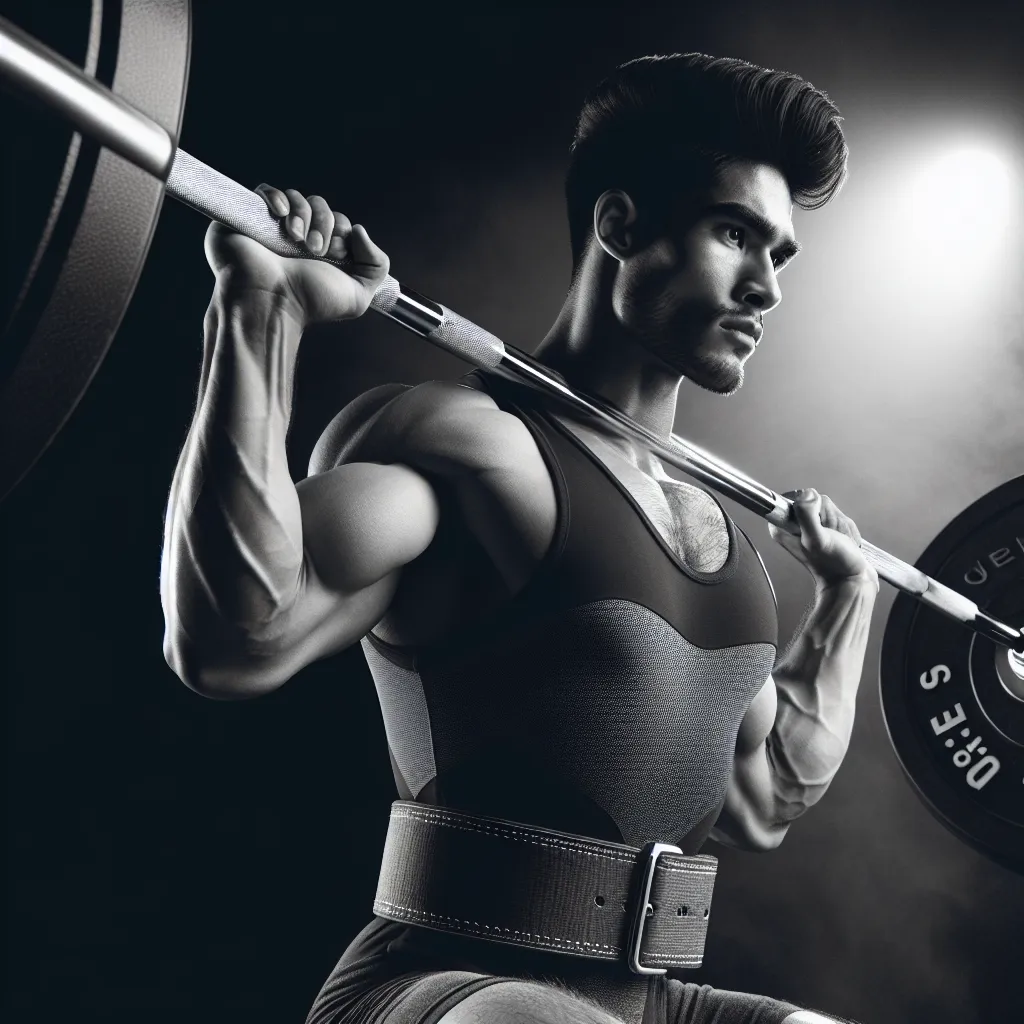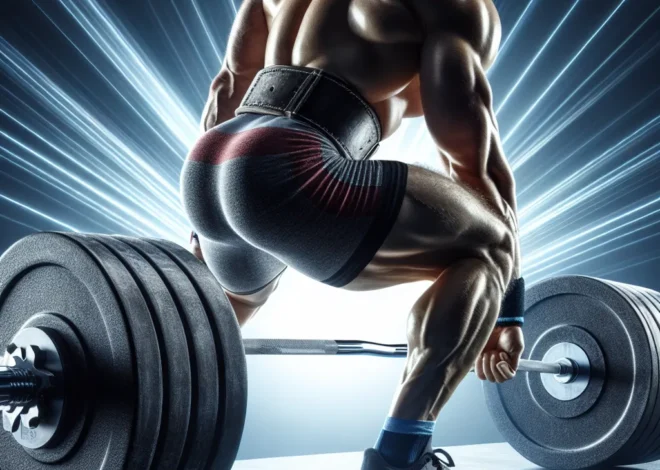
The role of Weightlifting Belts in Enhancing Performance
The Science Behind Weightlifting Belts: How Do They Enhance Performance?
Weightlifting belts have been a topic of debate in the fitness community, with many athletes and experts discussing their role in enhancing performance. The science behind weightlifting belts sheds light on the mechanism by which they may contribute to improved performance during weightlifting exercises.
Weightlifting belts are designed to provide support to the lower back and core muscles during heavy lifting. Studies have shown that wearing a weightlifting belt leads to increased intra-abdominal pressure, which stabilizes the spine and reduces the compressive forces on the intervertebral discs. This stabilization effect can enhance the transfer of power from the lower body to the upper body, leading to improved lifting performance.
Furthermore, wearing a weightlifting belt has been found to increase muscle activation in the erector spinae muscles of the lower back. This heightened muscle activity can provide additional support to the spine and help maintain proper lifting mechanics, ultimately improving performance and reducing the risk of injury.
Additionally, the use of a weightlifting belt may lead to greater proprioceptive awareness, helping lifters maintain proper lifting posture and technique. This increased awareness can contribute to better overall performance and reduce the likelihood of form-related injuries.
In conclusion, the science behind weightlifting belts suggests that they can enhance performance by stabilizing the spine, increasing muscle activation, and improving proprioceptive awareness. When used correctly and in conjunction with proper lifting technique, weightlifting belts have the potential to be valuable tools for athletes looking to optimize their performance during weightlifting exercises.
Benefits and Drawbacks of Using Weightlifting Belts for Athletes
Weightlifting belts have been a staple accessory in the strength training and powerlifting community for decades. Athletes often rely on these belts to provide support and stability during heavy lifts, but the use of weightlifting belts comes with both benefits and drawbacks.
One of the primary benefits of using a weightlifting belt is its ability to increase intra-abdominal pressure. When a lifter inhales deeply and pushes their abdomen against the belt, they create a more stable core, which can help protect the spine and prevent injuries during heavy lifts. This increase in intra-abdominal pressure also allows the lifter to lift heavier weights by providing additional support to the core muscles.
However, while weightlifting belts can provide support and stability, some experts argue that excessive reliance on these belts can lead to a weakening of the natural core muscles. It is important for athletes to strike a balance between using the belt for support and allowing the core muscles to develop strength on their own. Additionally, prolonged use of weightlifting belts may reduce the athlete’s proprioception, which is the body’s awareness of its position in space. This could potentially lead to a decreased ability to engage the core effectively without the support of a belt.
In conclusion, weightlifting belts can be a valuable tool for athletes looking to enhance their performance, especially during heavy lifts. However, it is crucial for athletes to use these belts judiciously and incorporate core-strengthening exercises into their training routine to avoid overreliance and potential drawbacks associated with their prolonged use.
Proper Technique for Using Weightlifting Belts to Maximize Performance
Proper technique for using weightlifting belts is essential for maximizing performance and minimizing the risk of injury. When worn correctly, weightlifting belts can provide support to the lower back and core muscles, allowing the lifter to lift heavier weights with more stability.
First and foremost, it’s crucial to position the weightlifting belt correctly. The belt should be placed around the lifter’s midsection, just above the hip bones. It should fit snugly, but still allow for deep breathing and abdominal bracing. Tightening the belt too much can restrict breathing and limit the lifter’s ability to brace their core effectively.
When lifting with a belt, it’s important to focus on maintaining proper form and technique. The belt should not be used as a crutch for poor lifting mechanics, but rather as a tool to enhance already correct form. Engaging the core muscles and maintaining a neutral spine position are fundamental, and the belt should complement these efforts, not replace them.
Additionally, lifters should avoid becoming overly reliant on the belt. While it can provide support and stability, it’s important to periodically train without the belt to maintain overall strength and stability in the core and lower back muscles. Using the belt for every single lift, including warm-up sets, can lead to a decrease in the activation of these crucial stabilizing muscles.
In summary, utilizing a weightlifting belt properly involves positioning it correctly, focusing on maintaining proper technique, and avoiding overreliance. When used in conjunction with a solid foundation of strength and technique, a weightlifting belt can be a valuable tool for enhancing performance and reducing the risk of injury.
Debunking Myths: Understanding the True Impact of Weightlifting Belts
Weightlifting belts have long been a topic of debate in the fitness community, with many myths and misconceptions surrounding their true impact on athletic performance. In order to fully understand the role of weightlifting belts in enhancing performance, it is essential to debunk these myths and shed light on the actual benefits and limitations of using this equipment.
One common myth is that wearing a weightlifting belt will protect the spine from injury. While it is true that a belt provides support to the lower back and abdominal region, it does not guarantee protection against injuries. The belief that wearing a belt allows lifters to lift heavier weights without consequences is also a fallacy. In reality, the belt primarily works by increasing intra-abdominal pressure, which can enhance stability and help maintain proper form while lifting heavy loads. However, it does not directly contribute to an increase in strength.
Another misconception is that relying too heavily on a weightlifting belt can lead to weakened core muscles. While it is important to develop core strength through specific exercises, using a belt during heavy lifting sessions does not automatically result in muscle atrophy. When used strategically and in conjunction with proper training techniques, a weightlifting belt can actually complement core muscle engagement and aid in overall performance.
Understanding the true impact of weightlifting belts involves recognizing that they are a tool, not a solution. When used appropriately, a belt can help athletes lift more efficiently and with better form, reducing the risk of certain injuries. However, it is crucial to maintain a balanced approach and not rely solely on the belt for support and stability.
In conclusion, weightlifting belts can be beneficial for enhancing performance when used judiciously and in conjunction with a comprehensive training regimen. By debunking the myths and gaining a clear understanding of how and when to incorporate this equipment, athletes can make informed decisions regarding its role in their strength training pursuits.


